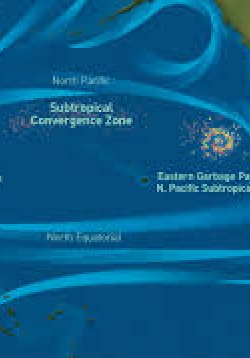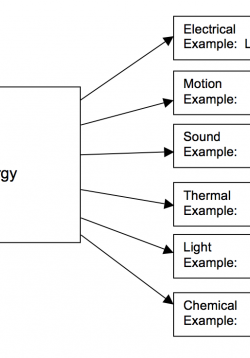Informative Writing: Where Does Energy Come From?
This lesson is a (stand alone or in-unit) guided non-fiction research and writing project, which includes a differentiated choice menu and list of ideas for publishing the completed project. Each student will choose one of ten energy sources to research,...








